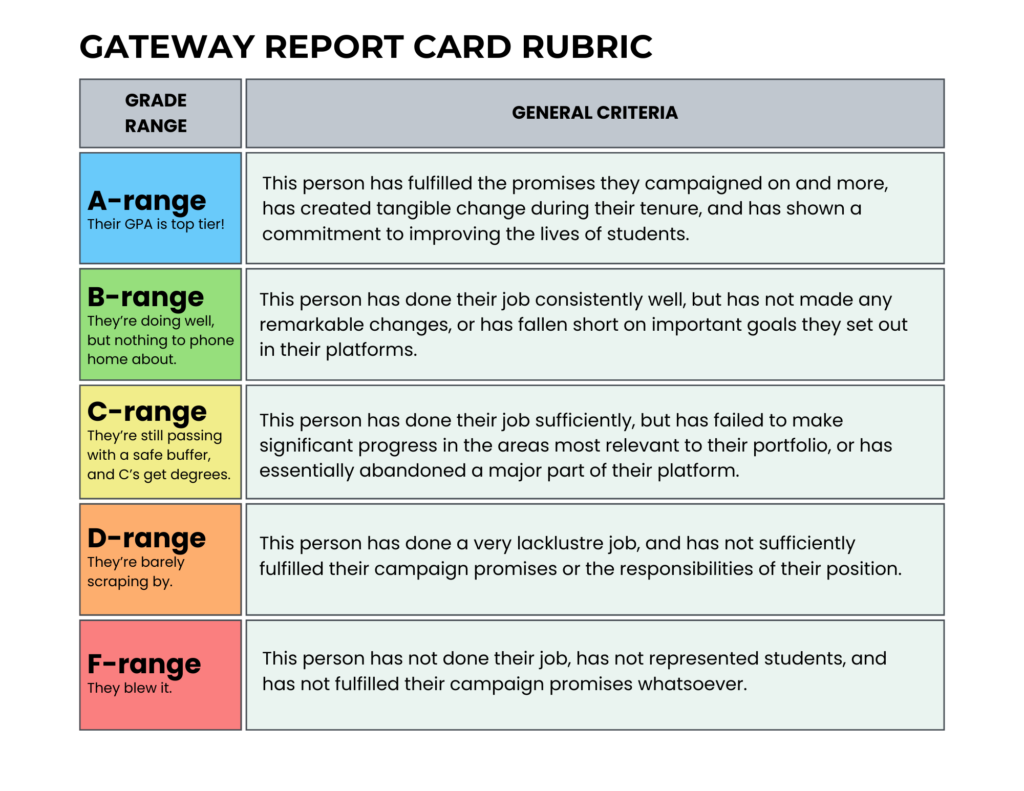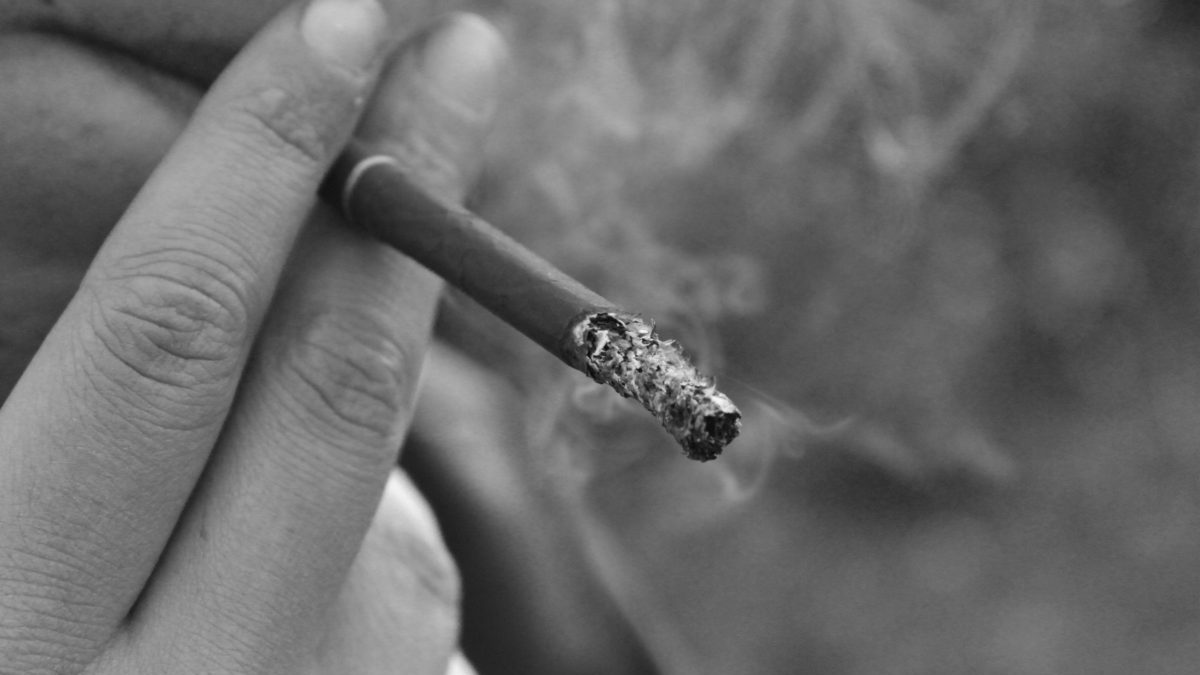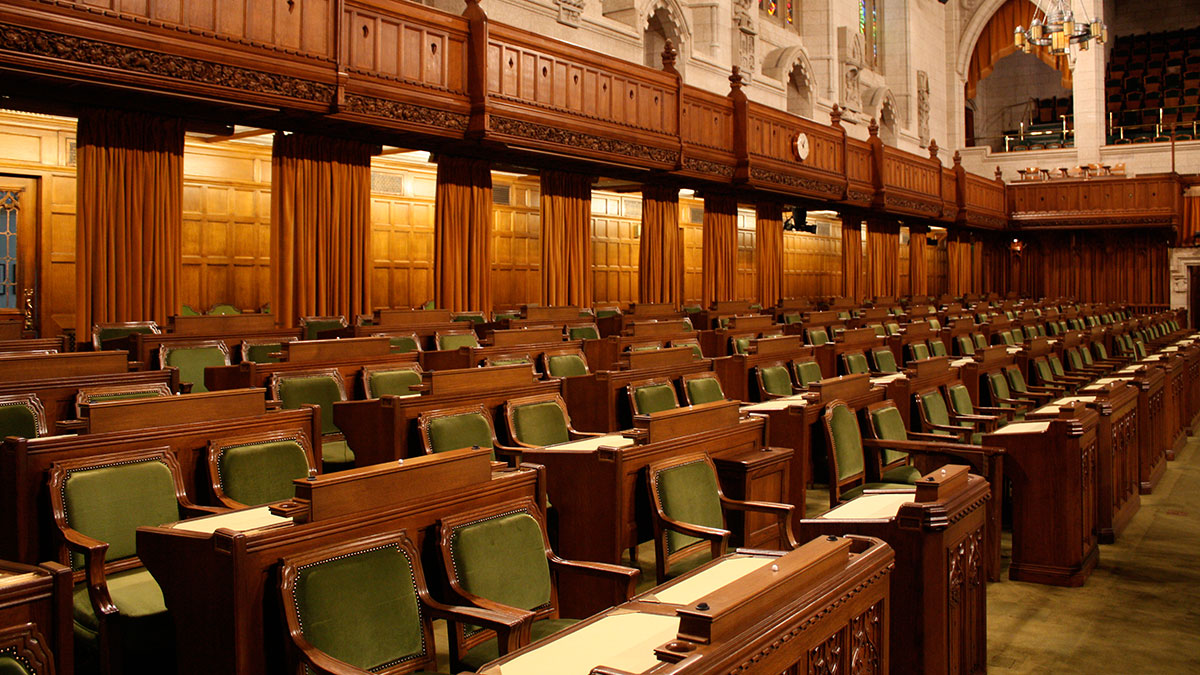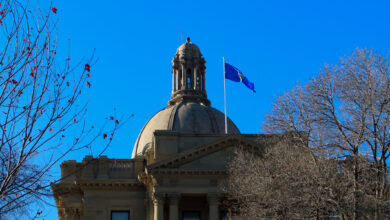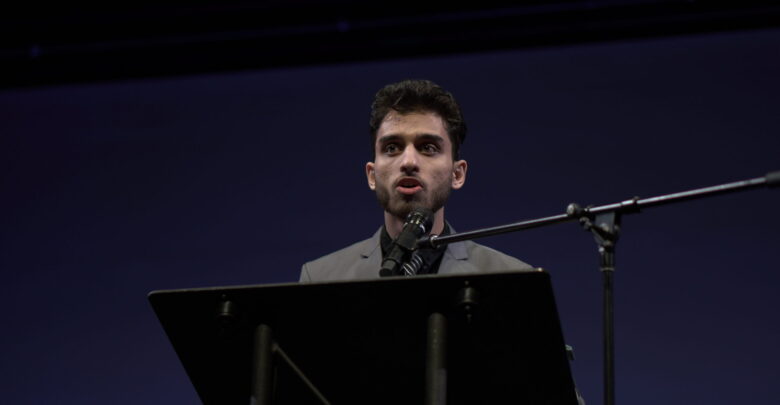 Lily Polenchuk
Lily Polenchuk Each year, The Gateway publishes an evaluation of the Students’ Union Executive and the Board of Governors representative. It’s impossible to discuss every aspect of their tenures, so these reports are largely based on the major components of the platform each executive campaigned on, and the most significant responsibilities of their respective positions. The grading rubric can be found at the bottom of the article.
And if you’re short for time, check out our TL;DR for a bite-sized breakdown towards the end of the article.
Abdul Abbasi: C-
It really can’t be understated how challenging the role of vice-president (external) (VPX) of the University of Alberta Students’ Union (UASU) is. Their job is to advocate to other levels of government to effect change, but there’s no guarantee that anyone will listen. Once the VPX has done their part advocating for students, the outcomes of those efforts are out of their control. But being able to effectively advocate is key — just talking to elected officials isn’t enough. Unfortunately for this year’s VPX, Abdul Abbasi, there’s been an evident gap between the advocacy and the results.
Wins on the U-Pass agreement and ETIs, attention given to satellite campuses
Abbasi does have a couple wins to show for his work. Particularly on the U-Pass renegotiations, which he worked on alongside Vice-president (student life) (VPSL) Renson Alva and Vice-president (operations and finance) (VPOF) Levi Flaman.
The new deal, if the referendum passes during the 2025 UASU election, would see minimal increases to the price. Abbasi said in our interview that an increase from $180 per semester to $200 per semester was avoided. That’s no small feat, considering the increases to individual tickets the Edmonton Transit Service (ETS) has recently implemented.
Abbasi also advocated against exceptional tuition increases (ETI). In October, UASU President Lisa Glock told Students’ Council she expected some faculties and programs would propose ETIs. In the last round of ETIs for fall semester 2022, eight undergraduate programs experienced increases of 17 to 44 per cent. Luckily, the provincial Ministry of Advanced Education rejected all proposals for ETIs for the 2025–26 academic year.
However, there’s no way to really know what made Advanced Education Minister Rajan Sawhney reject ETIs. While Abbasi shared student concerns with Sawhney, likely multiple student leaders were advocating against this. Plus, we don’t even know what the proposed ETIs were. So while Abbasi can perhaps take some credit, it’s not totally clear exactly how much he can rightfully claim.
Abbasi has also demonstrated a greater commitment to the U of A’s satellite campuses than we have seen in previous years. This should come as no surprise, seeing as Abbasi is an Augustana student. Advocating for the needs of students at Campus Saint-Jean (CSJ) and Augustana was a big part of Abbasi’s work. Our satellite campuses don’t always get much attention, so it was nice to see an executive advocating for them.
Augustana students have repeatedly expressed the difficulty of traveling between Edmonton and Camrose. Abbasi collaborated with Alva to kick off the FlixBus pilot-project for a route between Augustana and Edmonton. While the FlixBus pilot-project didn’t garner enough interest to continue, the work has continued to get Augustana more reliable and affordable transportation to Edmonton. According to Abbasi, it’s now taking the form of a van owned by the U of A, which seems to be more like the CSJ shuttle. This is a significant and much needed step towards improving travel between campuses.
Student mobilization and public advocacy sincerely lacking
However, an unfortunate theme throughout Abbasi’s term thus far has been a stark lack in public advocacy. On top of that, his communication to students about the work he has been doing is similarly lacking.
An issue students deal with at the provincial level is delays in receiving Alberta Student Aid (ASA). Delays and confusion around financial aid have become a regular problem. Unfortunately, Abbasi has little to show for his advocacy on this. Students began raising concerns about delays well before the fall semester began. While Abbasi told me in our interview that he began conversations with Sawhney on financial aid in July, the UASU didn’t publicly say anything until September 23. Since then, it’s been radio silence on the issue.
And, students have once again taken to the r/uAlberta subreddit to voice their concerns over delays occurring in the winter semester. Sure, it’s not necessarily realistic to ask Abbasi to magically fix every issue with ASA in four months. But the lack of communication around what Abbasi has been doing since the letter is disappointing.
In our interview, he told me he has brought up financial aid concerns with Sawhney in multiple conversations. But students need to know what their VPX is doing. Right now, barring the interview I did with Abbasi, there’s no way for students to know.
On top of delays, there was also a change in the rules around financial aid. Students who drop from full-time to part-time studies for two study periods after 30 or more days of classes while receiving student financial aid will be ineligible for further financial aid for 18 months. This is shockingly unfair to students. There are a multitude of reasons students end up dropping from full-time to part-time study. Yet, Abbasi has made no mention of this in his public advocacy.
These glaring gaps in public advocacy continue in other areas. Historically, VPXs have done more than just have private conversations with elected officials. They signed public letters, conducted letter writing campaigns, and facilitated protests. Aside from the joint-letter to Sawhney the UASU signed along with other student associations about financial aid delays, Abbasi has only signed one other public letter, which was released on February 11. This time, it was a joint letter with other student associations asking for an increase in provincial operating grants for universities. But these letters — as great as the content of them are — have been few and far between. The under-utilization of public advocacy doesn’t make me feel like Abbasi has done everything he could have to fight for students.
Leveraging public pressure is a tool in the VPX’s toolbox. Yet, it’s going almost completely unused. Abbasi has not organized any sort of student protest as of yet. He said “everything is on the table” when we spoke, but that leaves far too much to the imagination. And if I’m going off of what I’ve seen already, I’m left imagining that nothing will happen.
And we’re not even two months away from the Board of Governors (BoG) meeting where the sixth consecutive tuition hike will likely pass. While the UASU hosted a tuition townhall in October and administration has presented to Students’ Council regarding the increases, there hasn’t been much otherwise. Previously, the UASU has helped organize protests against tuition increases, to varying degrees of success. It’s important to start mobilizing students ahead of this meeting, while there can still be changes made to the proposal.
Abbasi has done interviews with media outlets like CBC, CTV, and others. However, I can’t say they’ve been the most compelling interviews. Whereas Abbasi’s predecessor, Chris Beasely, worked quite effectively with media to raise awareness around issues, Abbasi hasn’t utilized the media in the same way.
He has done some work in terms of letter writing drives — or rather, a cheque signing drive. The Canadian Alliance of Student Associations (CASA) organized an effort to get students to sign mock cheques as a way to advocate for the federal government to make the temporary $4,200 grant amount permanent. Abbasi said the UASU was able to get over 700 students to sign mock cheques, which he said was more than any other university.
While I commend Abbasi for his work on this, I still wish there had been more consistent public advocacy outside of CASA’s work. I can’t say for certain that this would have resulted in greater success in producing tangible results for students. But, utilizing public advocacy, media organizations, and student mobilization shouldn’t be neglected. Unfortunately, it was.
But CASA, and Abbasi’s work with the organization, is valuable. The same cannot be said for the Council of Alberta University Students (CAUS), as Abbasi admitted to me. CAUS has seen its fair share of blunders and struggles in recent years. Past UASU executives and councillors have criticized CAUS for its lacking advocacy. On top of that, it lost its status as a registered corporation in 2024 due to missing two filing deadlines. While CAUS has regained status as a registered corporation, its effectiveness as a provincial lobbying group for university students has been dismal.
Abbasi expressed that he is more than open to leaving CAUS if things don’t improve. The reason the UASU hasn’t left at this point is because it hasn’t had to pay fees to CAUS for the last two years, according to Abbasi. Yet, while it’s not money being spent on trying to revive CAUS, it’s time and effort which could be spent elsewhere. It’s a noble effort to try to save the organization, but cutting ties may be long over-due at this point.
Attention to some student issues, shifts away from Abbasi’s original platform
Despite shortfalls in public advocacy, I have to give Abbasi some credit for remaining focused on students. Affordability has been central to his advocacy, at all levels of government. Abbasi said housing has been a big focus at the municipal level. Seeing how significant of an issue housing is for students, this was the right thing to target at the municipal level.
Abbasi also noted that he shifted away from one of his platform points. Originally, he had planned to focus more on advocating for grants at the provincial level. But after seeing that most of the grants students receive come from the federal government, he pivoted. Typically, a major shift from an executive’s platform would be a point of concern.
In this case, however, it’s a toss up. Pivoting to target more strategic issues is smart. However, given the instability and distraction of the current Government of Canada, this is unlikely to pay off. In the end, Abbasi may have been better off sticking to his original goal, but I can’t fault him for not being able to see the future.
But, there were other shifts from his platform or simply things Abbasi hasn’t achieved that still stick out. Advocacy on mental health and sexual and gender-based violence (SGBV) seems to have fallen to the way side. Or at least, as is the theme here, hasn’t been something happening in public view. With both mental health supports and SGBV, Abbasi said he asked for previously-promised funding to be given to the U of A. It’s not clear what he did beyond just asking.
And this is following a report that was released last year on SGBV on post-secondary campuses. The Government of Alberta-funded survey found that 64 per cent of U of A students have experienced SGBV in 2023. In November 2024, just months after the report was released, the U of A Sexual Assault Centre’s (UASAC) services were reduced. All of this should make clear that addressing SGBV on campus is an urgent issue, but Abbasi hasn’t necessarily treated it like one.
Abbasi still has yet to face the biggest test of his advocacy: the provincial budget. There’s no way to know yet which way it’s going to go. But as Abbasi’s work stands now, the glaring gaps cast a shadow over his few wins.
TL;DR: Abbasi has demonstrated an awareness of students’ most important issues, including those from satellite campuses. Unfortunately, Abbasi just doesn’t have tangible results to show for much of the advocacy he has done. More disappointing, there’s been a huge lack of public advocacy.
